From Europe With Love
Filmmakers from ‘other than America’ have always had a different take on two wheels. They simply didn’t experience the same vilification of motorcyclists as boogeymen as in the USA post-WW2. Many words have been written on why bikers (and teenagers) became the bete noir of American society during the Cold War: suffice it to say our cultural fascination with outlaw culture led to the ‘threat’ of biker gangs being blown all out of proportion to their numbers. How could a few hundred 1% club bikers threaten the capitalist behemoth in its heyday?
European filmmakers were thus free to focus on sex, adventure, and crazy dreams on two wheels, which is what most people want from bikes, right? Here are a few classics to keep you entertained for this week’s Quarantine Cinema:
1. Girl On A Motorcycle (1968)
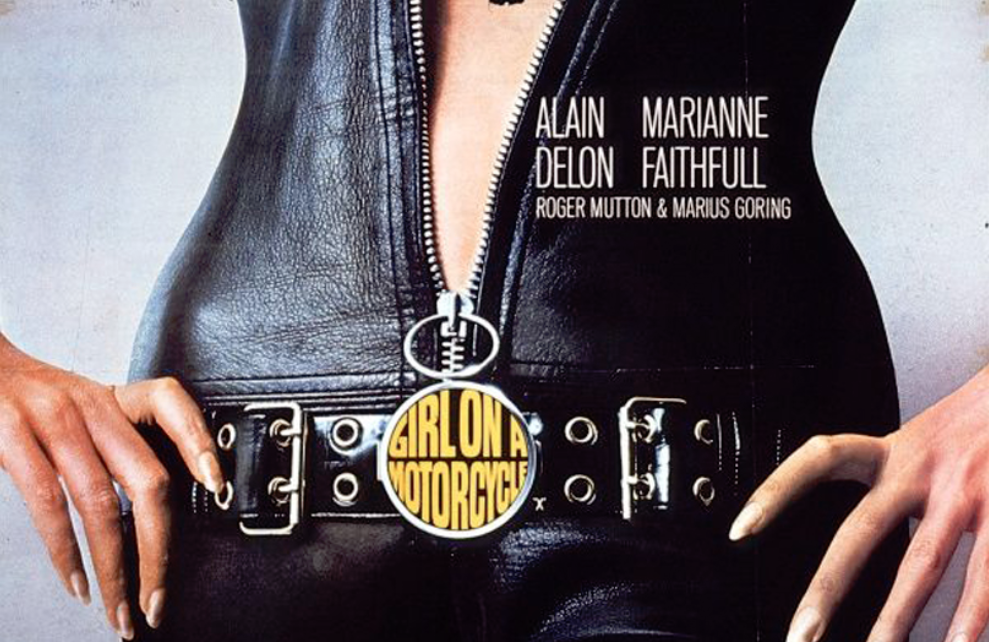
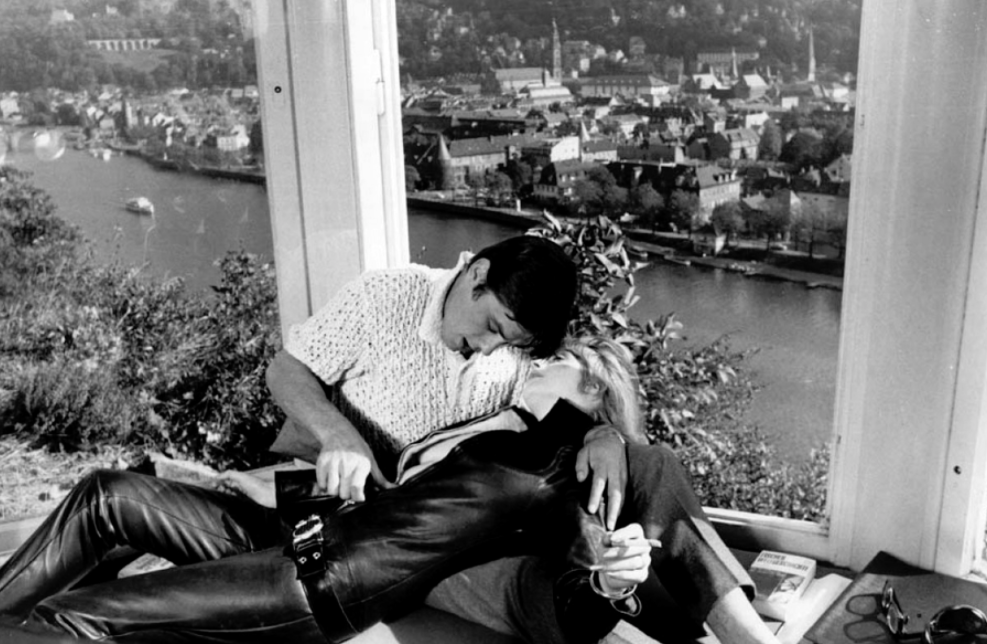
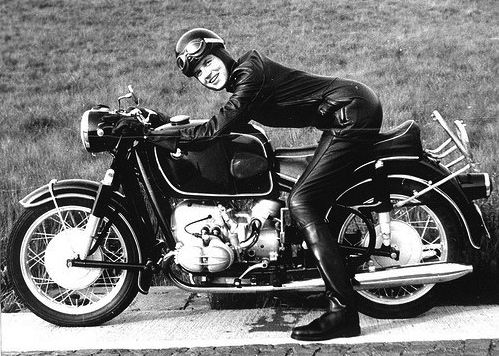
2. The Leather Boys (1964)
“Follow me, and wait and see!”
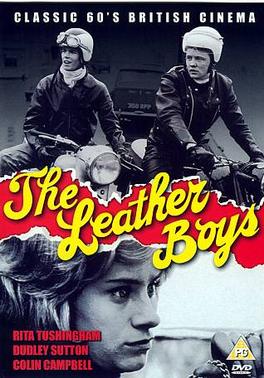
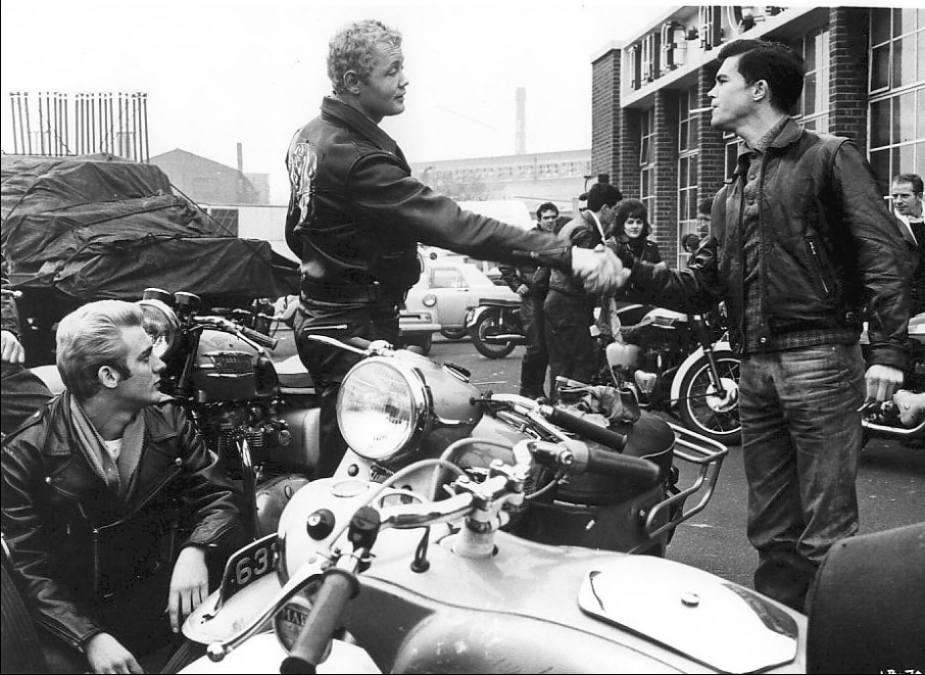
Watch ‘The Leather Boys’ free on YouTube!
3. La Strada (1954)
“Here he is – Zampano!”
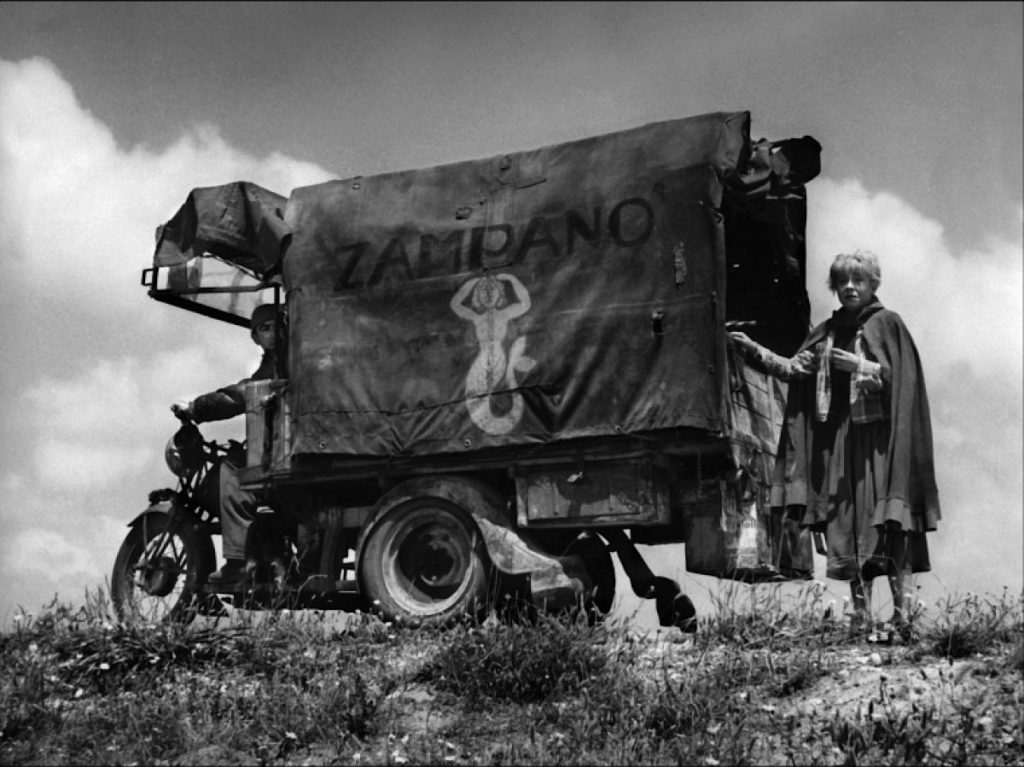
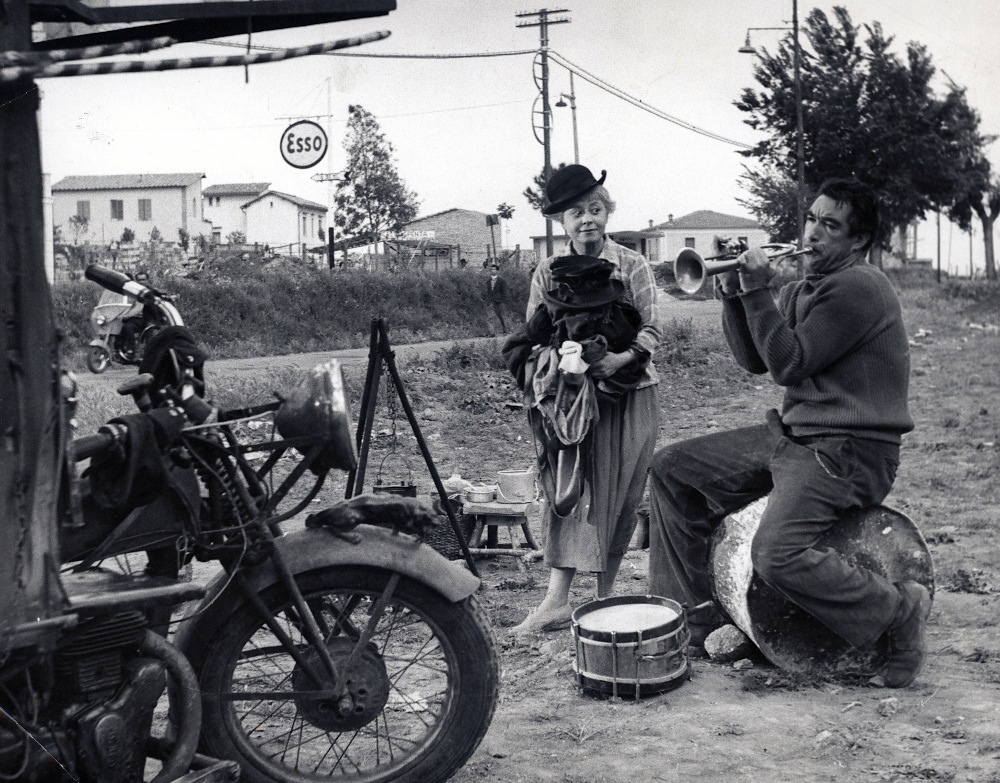
Rent ‘La Strada’ for £3.49 on iTunes UK.
4. Eat The Peach (1986)
“Nothing was going to stop them: it was time to Eat the Peach”
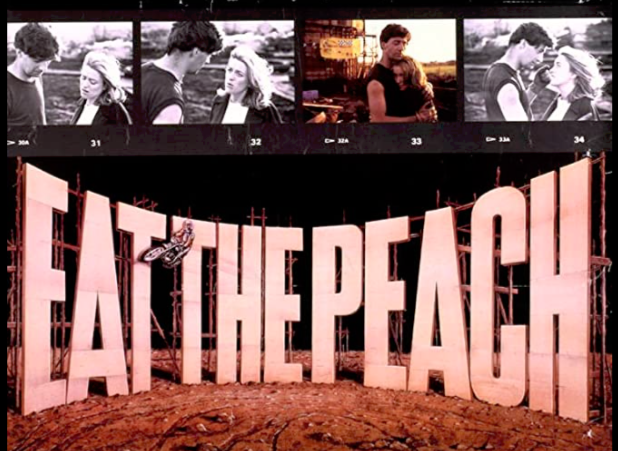
‘Eat the Peach’ is a 1986 British-Irish comedy film, directed by Peter Ormrod. The title is derived from the T.S.Eliot poem ‘The Love Song of J. Alfred Prufrock’. The story takes place in an Irish village a few miles from the border with Northern Ireland. When the local Japanese-owned computer factory closes, the principal employer is a mob-rum smuggling operation. One day out-of-work Vinnie (Stephen Brennan), and his brother-in-law Arthur (Eamon Morissey), watch the 1964 Elvis Presley film Roustabout, in the village bar. Seeing a cyclist in the film ride a Wall of Death, Vinnie is inspired to make his own: he draws up plans and clears a patch of land near his house.
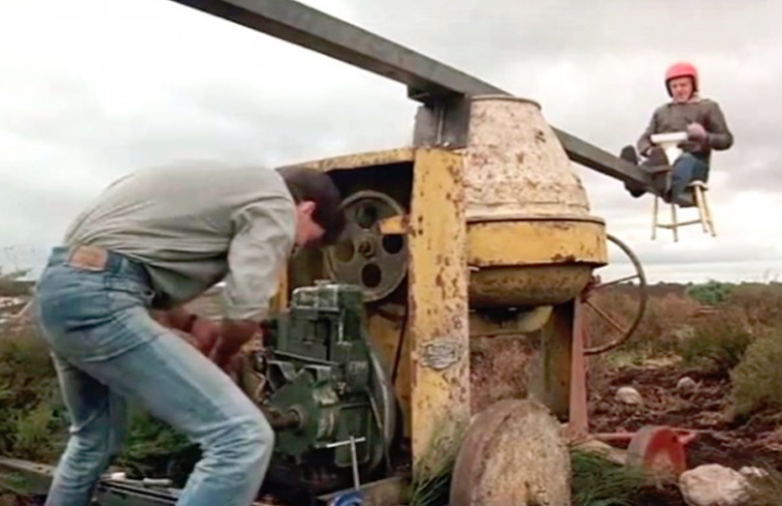
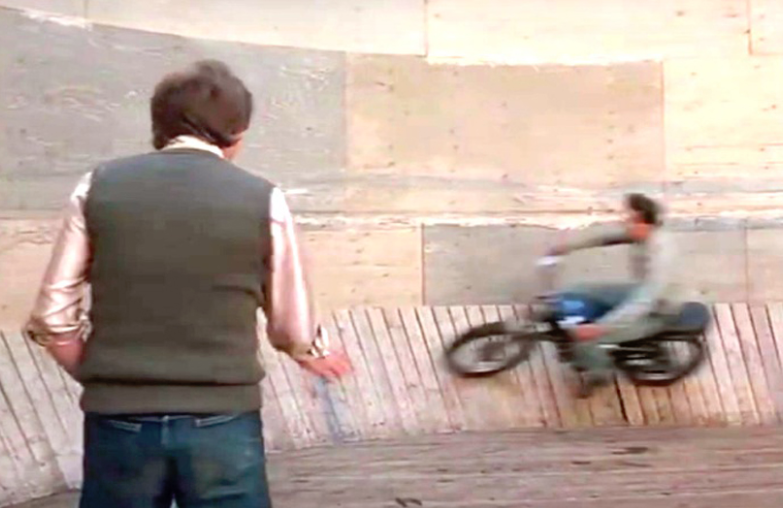
Watch ‘Eat the Peach’ free on YouTube!
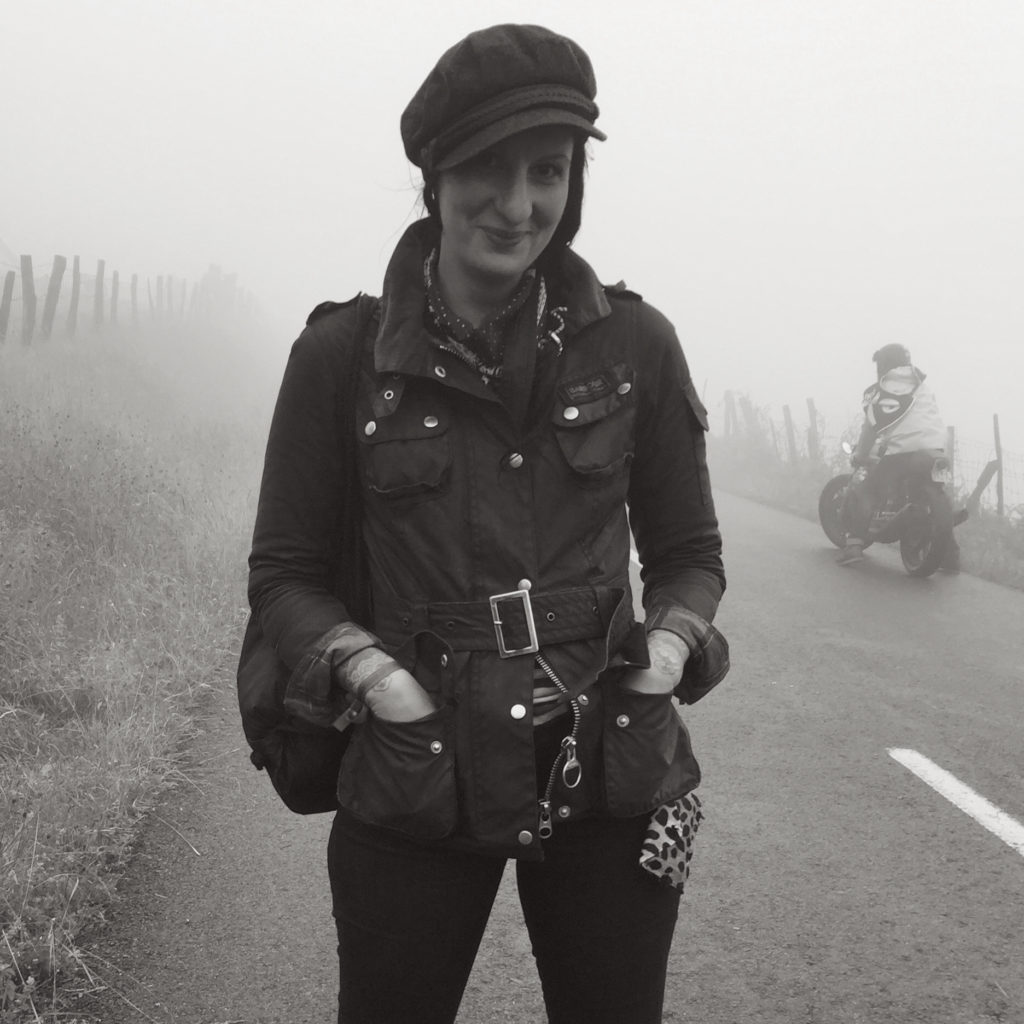
Related Posts
April 13, 2019
Gillian Freeman, Eliot George, and ‘The Leather Boys’
Gillian Freeman, who wrote the novel…

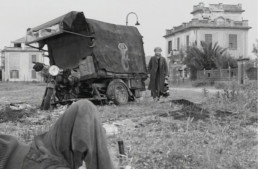
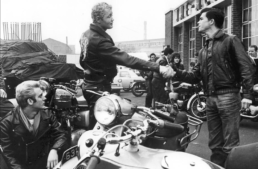
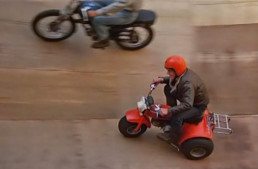
Excellent choices Paul! La Strada remains to be one of my most favorite films. How can you forget Giulietta Masina, such a sprite, so lively in her silence. And I really dug the Leather Boys. I might have to deviate and watch Nights of Cabiria since La Strada struck me so much, and then return to your list. Well done sir, thanks for thinking of us!